Running a museum requires a lot more work than just finding cool exhibits, popping them out for people to view, and calling it a day, and in Two Point Museum, you’ve got your work cut out for you across multiple specialized museums throughout the game’s campaign!
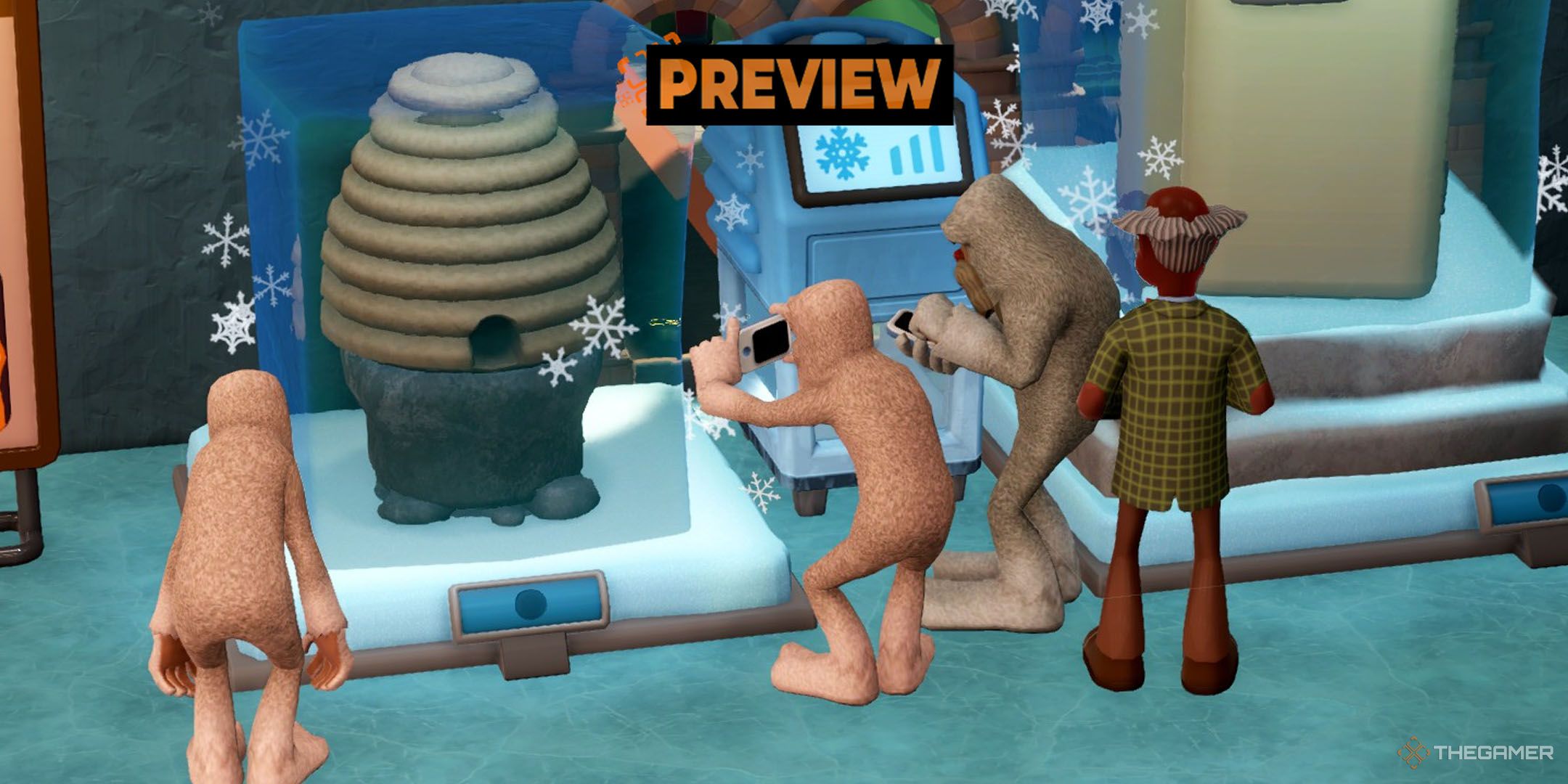
Related
Two Point Museum’s Perfect Business Sim Gameplay Loop Will Consume My Life
Two Point Museum has quickly become one of my most anticipated games of 2025.
With museums that specialize in space, the supernatural, and much more, you’ll have a lot to factor into your daily operations in Two Point Museum, and it can be overwhelming at first. With the right mix of varied exhibits, careful decoration, and an expert or two, you’ll be in the green in no time.
Pay Attention To Exhibit Placement
Though variety might be the spice of life, organization is the lifeblood of museums! Just like museums in real life, you’d be wise to put similar exhibits in the same area together, since this will add to a guest’s overall happiness. While you’ll want to continue expanding your museums in time, ensuring that guests don’t have to walk far between like exhibits gives them more time to take in the sights (and consider donating their change on the way out).
Your museums begin as open spaces, but it’s not a bad idea to build rooms to house similar exhibits, dotting walking paths, decoration, and comfort stations like bathrooms or vending machines along the paths that lead between the rooms. Once they reach a specialized room full of similar exhibits (that can all play off the same Knowledge and Buzz items), they’ll feel good and be ready to get back into learning and seeing the sites in the museum.
When placing Info Stands and decorations, be mindful of the grouping of arrows the game shows you. This denotes which exhibits are impacted by the placement of this item, which means that the more exhibits you have near something that generates Buzz or Knowledge, the more bang you’ll get for your buck in placing such items.
Market The Museum To Increase Patronage
Word of mouth is fine and wonderful, but one of the most effective ways to drive people to come visit your museum is to routinely launch marketing campaigns to advertise the museum. There are different kinds of campaigns you can ask your Marketing-trained assistants to run for you, advertising specifically to different guest types for set durations of time to try to lure them to come check out your displays.
Running marketing campaigns in Two Point Museum will cost money, with more detailed campaigning costing more, but you can increase attendance from certain visitor types by running these campaigns, which means they’re more likely to come visit during the marketing campaign’s duration. The most elaborate campaigns boost the chance of that visitor showing up by up to 50 percent, so it’s usually worth it – especially if you’ve just redecorated and made some cool adjustments to the museum that they may enjoy.
Always Have An Expedition Going
It doesn’t matter how well your museum is organized, though, if you don’t have many exhibits for guests to check out on their visit. Museums with fewer items not only bring in less cash from guests, but you’re more likely to experience middling guest satisfaction. As such, you’ll need to regularly send staff on expeditions to discover new exhibits for the museum by sending them off on an adventure from the helipad out behind the museum.
By clicking on the helipad, you’ll be able to choose a location relevant to the museum you’re currently working in, select a few required staff members to head out exploring, offer them an item or two to help them in any potential pickles, and send them on their way. You’ll choose how long these expeditions take to complete, with longer expeditions granting more experience for the staff that have been sent on them. Staff gaining experience helps them grow at work, unlocking additional training slots as they get better at it.
Sure, building interactive Info Stands and decorating the areas you’ve got exhibits in already is helpful for guest satisfaction, but guests want to see as much as possible for the price of admission. The more exhibits you have for them to see, the longer they’ll stick around at the museum, the more likely they are to donate or buy souvenirs on the way out!

Related
Two Point Museum Celebrates Halloween By Showcasing Its Supernatural Museum Theme
“Everyone is DEAD… excited to meet you!”
Train Your Staff As Soon As You Can
When staff get back from exhibitions, they’ll have gained some pretty valuable experience for having gone. Keep an eye on everyone’s current experience and try to send staff that are close to leveling up on expeditions, since they’ll be ready to take on some new knowledge when they get back. Filling their experience meter unlocks an additional trait slot for that staff member, and you’ll be able to send them to the training room to chose a way to fill it.
By sending staff for training regularly, your staff can accrue additional traits over time as their tenure continues at your museum. Experts can gain experience in expedition-related fields like learning to fly or healing injuries on-site, while customer service staff can receive plenty of additional training to boost their service skills. Keep an eye on your staff tab to see how everyone is doing, and send someone off to read up when they’ve got space for new knowledge.
Staff with additional training will begin to require higher salaries in exchange for their new capabilities, so just be sure you can afford someone before you teach them something new – you’ll see their salary increase requirements in the menu when assigning them to a training program.
Be Mindful Of Expedition Hazards
An expedition wouldn’t be a real adventure for your staff without some sense of danger along the way, would it? Regardless of which museum you’re playing in and setting up expeditions to expand, weigh up potential hazards before assigning a crew to an expedition. It’s always a good idea to mitigate any disaster ahead of time whenever possible, such as assigning staff with flight knowledge to flying expeditions or rattlesnake experts into the jungles.
Regardless of how prepared the staff is, though, they’ll often encounter situations that require your direct input while they’re gone, as though they’re phoning back for help asking what they should do next. They may find odd materials, run into unexpected danger, and plenty of other unpredictable scenarios, and you’ll be given a couple of options on how to proceed. Tell your staff how to respond and wait to see the result – sometimes it’s to your benefit, but other situations may be costly.
Expeditions that encounter these situations can’t proceed without your input, so always keep an eye out for any that may arise – all the extra time your crew spends stuck out on an expedition is time they’re not exploring or working back at the museum, and time truly is money when you’re running a business.
These situations can and often will be dangerous, though, and your crew may come back with additional unforeseen damage. Be sure to have your staff room ready to go when they get back so they can rest up right away and get back to their next expedition.
Children Are A Big Demographic At Museums
Sure, you’ll see plenty of adult guests around your various museums, but they’ll often have kids in tow, and kids don’t learn the same way adults do. We probably all being younger and rolling our eyes through boring field trips to museums we were too young to appreciate, but weren’t they always more fun with interactive displays and child-specific areas available?
Children require much different items to generate the Buzz and Knowledge you want for a satisfying trip to the museum, so be sure you’ve got things around that kids will like. Not seeing anything in the buy catalog just yet? Send one of your trained staff over to use the workshop to build new displays that are more interactive. You can also get kids excited with items like plushies and onesies available in the gift shop – their parent or guardian might just give in and get them one on the way out.
Ghosts Are Both Guests And Exhibits
As you head into the Wailon Lodge museum to focus on all things supernatural, it won’t be long before your staff picks up a ghost or two to bring back to the museum in addition to the wealth of creepy items and scary keepsakes. Not only do these ghosts still function as exhibits like anything else your expedition teams bring back with them, but you’ll need to accommodate them like a guest to stave off any otherworldly freak-outs.
To keep ghastly guests happy in your museum, you’ll want to check decoration preferences before assigning a ghost to one of the ghost rooms you’ve built. Since ghosts come from different eras in history, it’s best to try and lodge ghosts in rooms themed to the era they’re from. Industrial-age ghosts, for example, won’t much care for more modern rooms, while modern ghosts are unhappy in industrial rooms.
Pay attention to the decor style and items you’ve placed in each ghost room, since unhappy ghosts lash out if their needs aren’t met. This means you may see them startling your visitors or causing havoc around the museum, so you’ll want to check in on every ghost regularly to ensure they’re happy with their stay at Wailon Lodge. Happier ghosts also lead to better guest experiences when they view the ghost rooms as museums, so everyone wins for your organizational work.
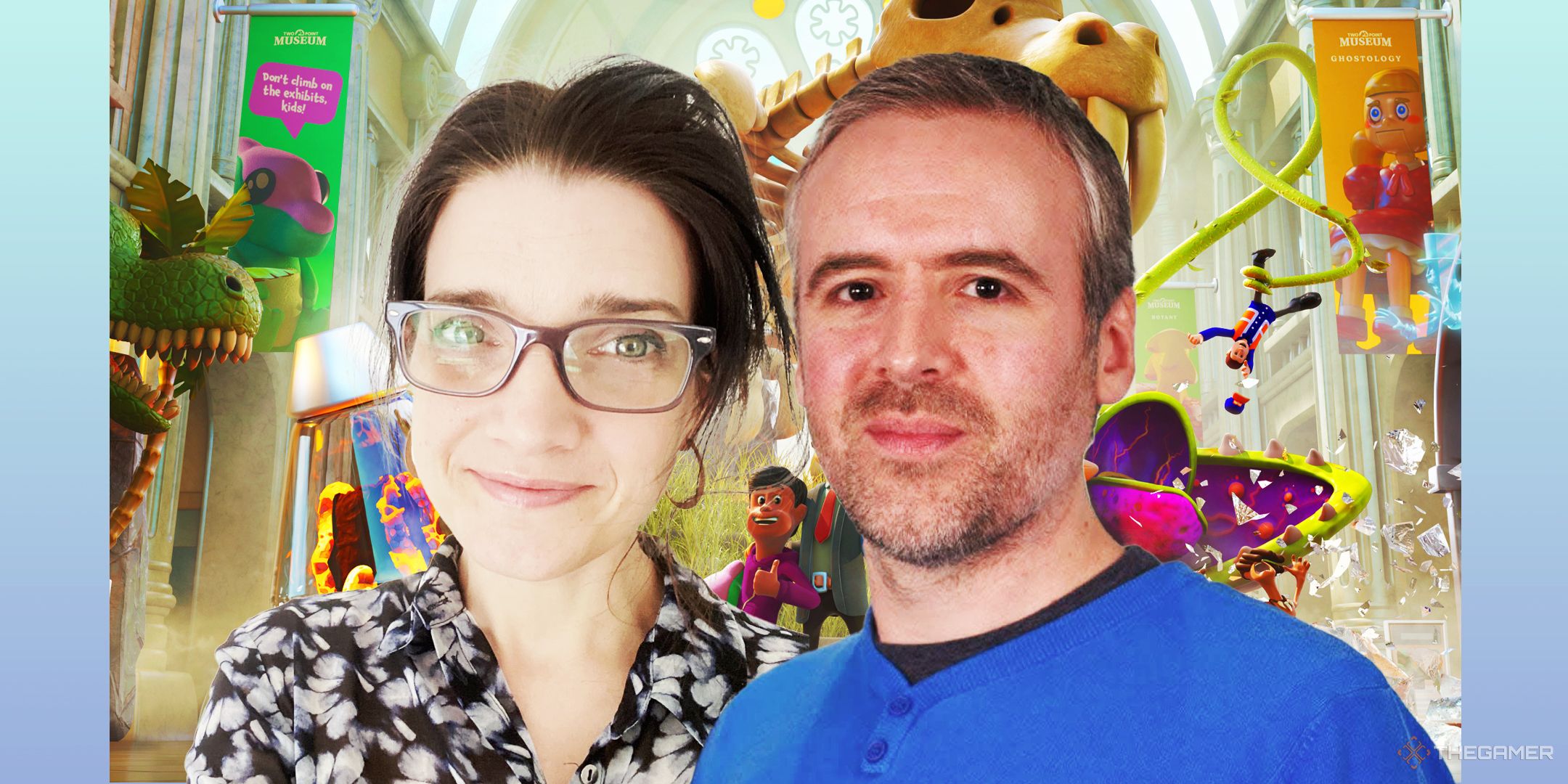
Related
Unlike The British Museum, Two Point Museum Doesn’t Steal Its Artefacts
I spoke with Two Point Studios’ Ben Huskins and Jo Koehler about how the series is getting more creative with Two Point Museum.
Stop Would-Be Thieves In Their Tracks With Security Measures
The better your museum becomes, the more people will visit, but more people isn’t always good because not all of them will be above-board citizens – you might find that there are occasional thieves infiltrating the museum, and they’re looking to leave with as many things as they can. Hopefully, you’ve been diligent and have ample security keeping an eye on the museum floor.
Security guards are also essential for emptying donation stands regularly, since guests can’t donate more if the stand is full.
Whether it’s from guards on patrol, something you’ve noticed in surveying the museum, or someone flagged on camera from the camera room you’ve built, you’ll need to stop thieves from making off with your items. If thieves make it out of the museum with something priceless, you’ll need to discover and display that item all over again. The more security measures you have, the better – doubling up on security and cameras never hurts if you can afford to splurge.
There are plenty of ways to organically make money in each of your museums, but if you’re looking for a more immediate payout from a company where you scratch their back and they scratch yours, you can choose to accept sponsor deals to display specific exhibits in exchange for cash. This can give you things like specific exhibits or additional stands for the gift shop, and you’ll earn cash for having them out on the museum floor.
You’ll just need to be mindful of any potential drawbacks you may incur, since there’s hardly ever money for free out there! While each offer gives you a monthly stipend as well as plenty of additional opportunities to make cash on the display, you’ll find that these sponsor displays often risk guest satisfaction. Weigh up where you place these displays carefully to offset any potential setbacks.
Use Kudosh Wisely
The primary way you’ll unlock new items for your assorted locations and themes in Two Point Museum is through campaign progression (unless you’re playing in sandbox, that is!), but along the way, you’ll notice plenty of extra items available for purchase outside the usual catalog available for cash you’ve earned through the museum’s regular means. This K cash symbol is Kudosh, which you’ll receive in limited quantities throughout the game to unlock extra items in your buying catalogs.
Often at the bottom of each buying catalog, to help you differentiate between cash and Kudosh, any item with a price denoted with a golden K icon instead of a dollar sign requires your Kudosh instead. Two Point veterans are familiar with this system, but for those who may not be, these Kudosh are a more premium currency that unlocks access to all kinds of perks throughout the game.
Just keep in mind that once you’ve purchased access to an item in your catalog with Kudosh, you’ll still need to buy it with regular cash to place it in your museum. Spending the Kudosh buys access to the item, not the item itself.
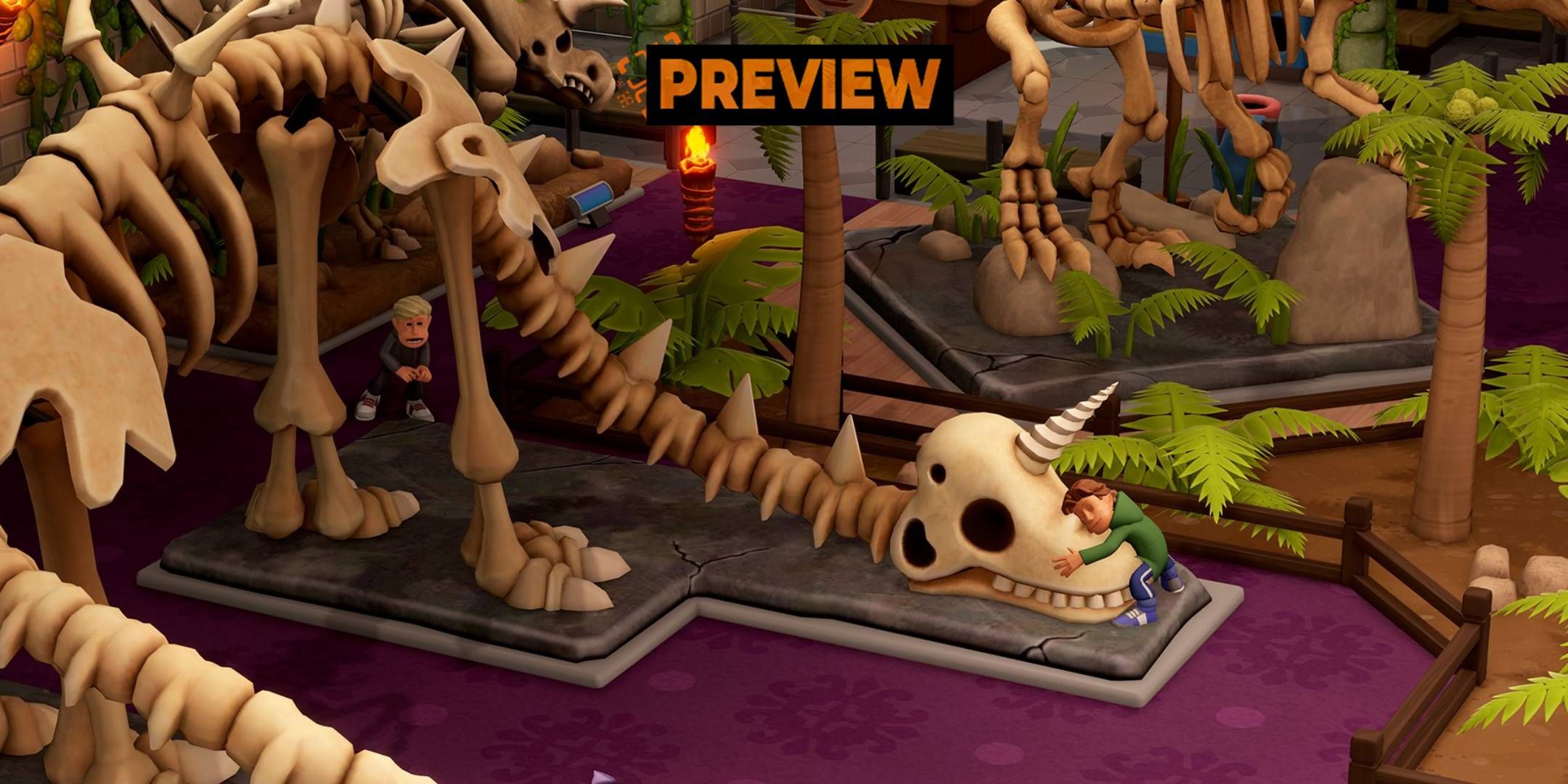
Next
Two Point Museum Is The Series’ Most Original Title Yet
Two Point Museum will raise the bar for the series.
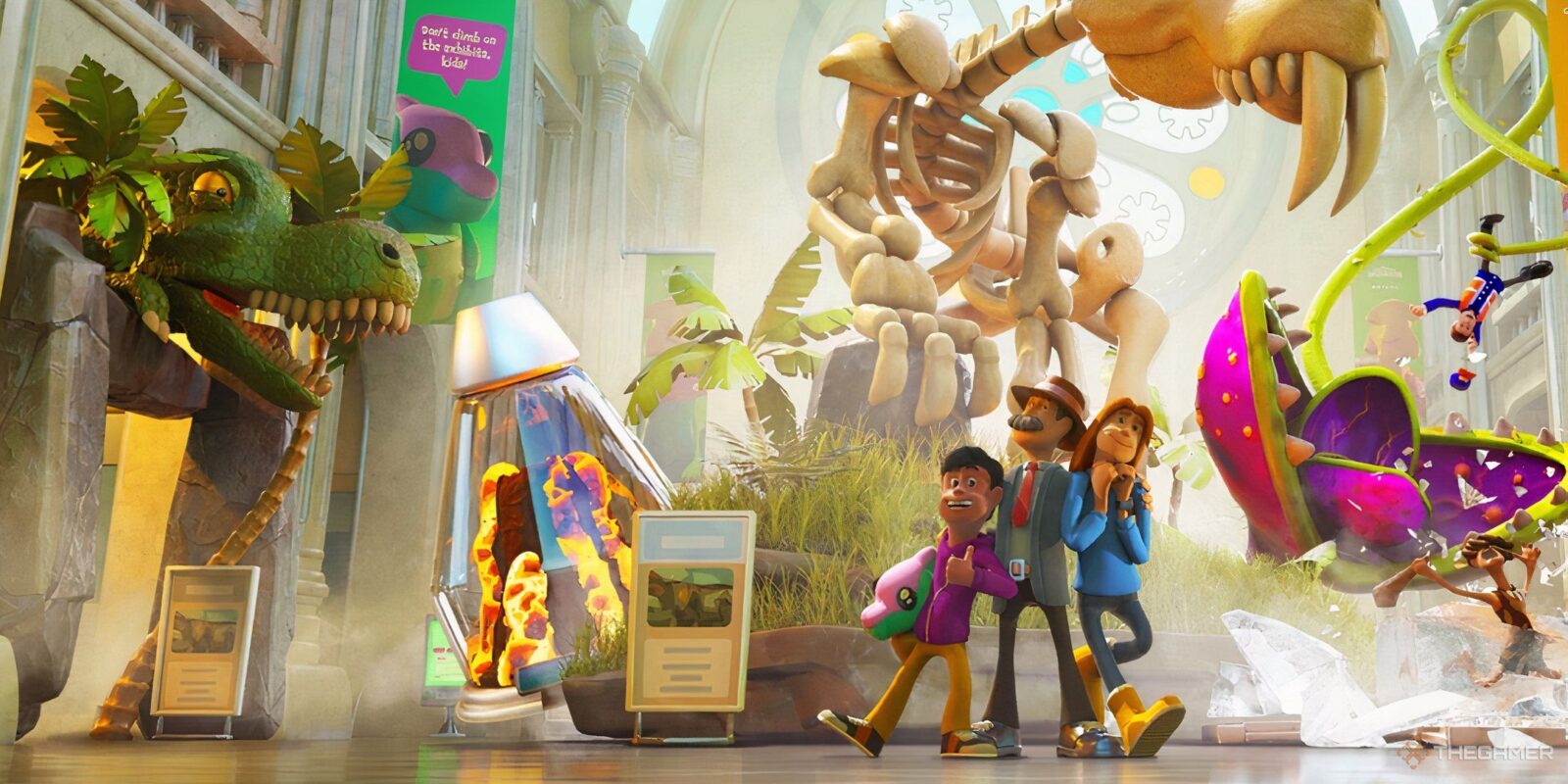



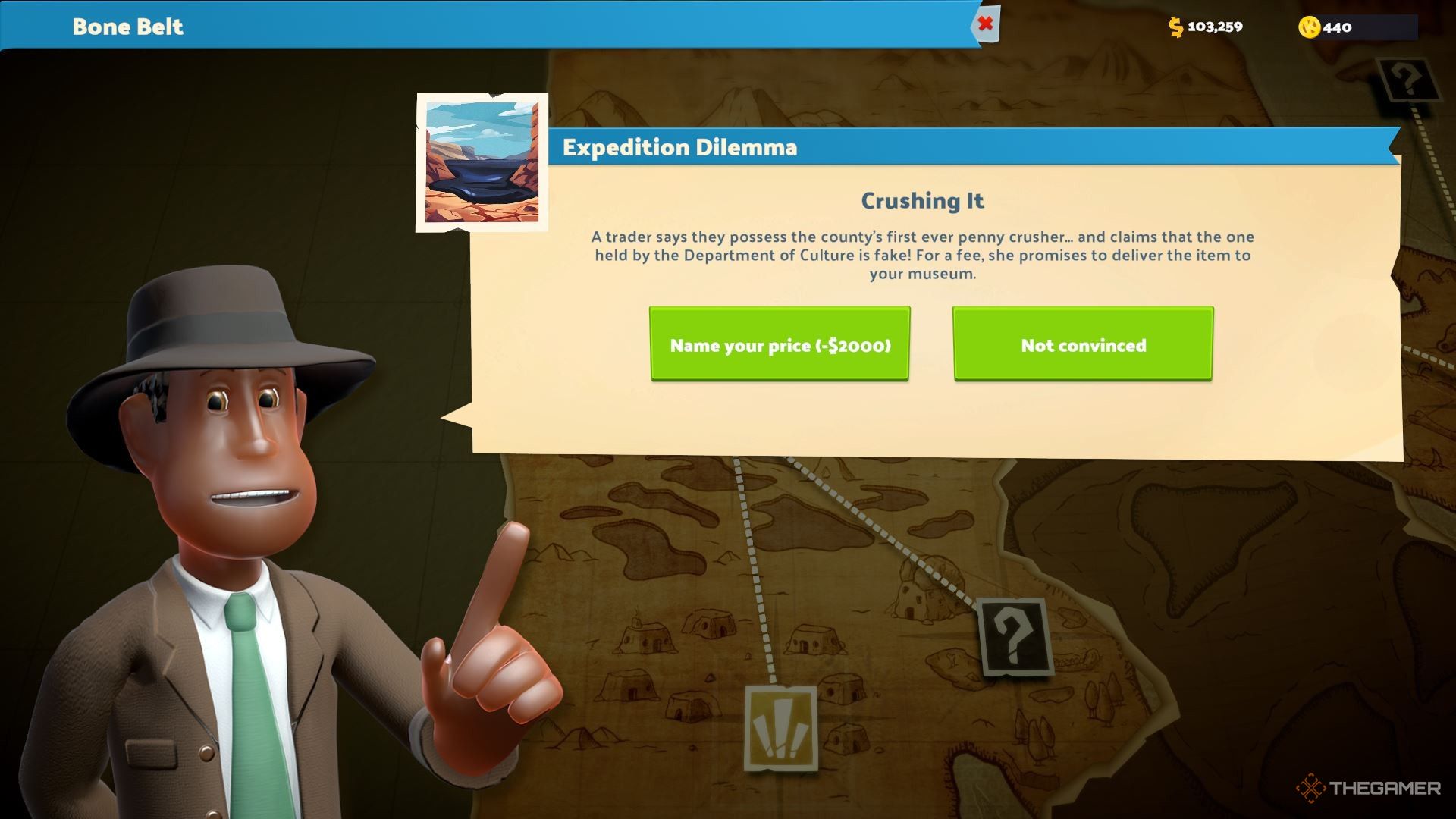
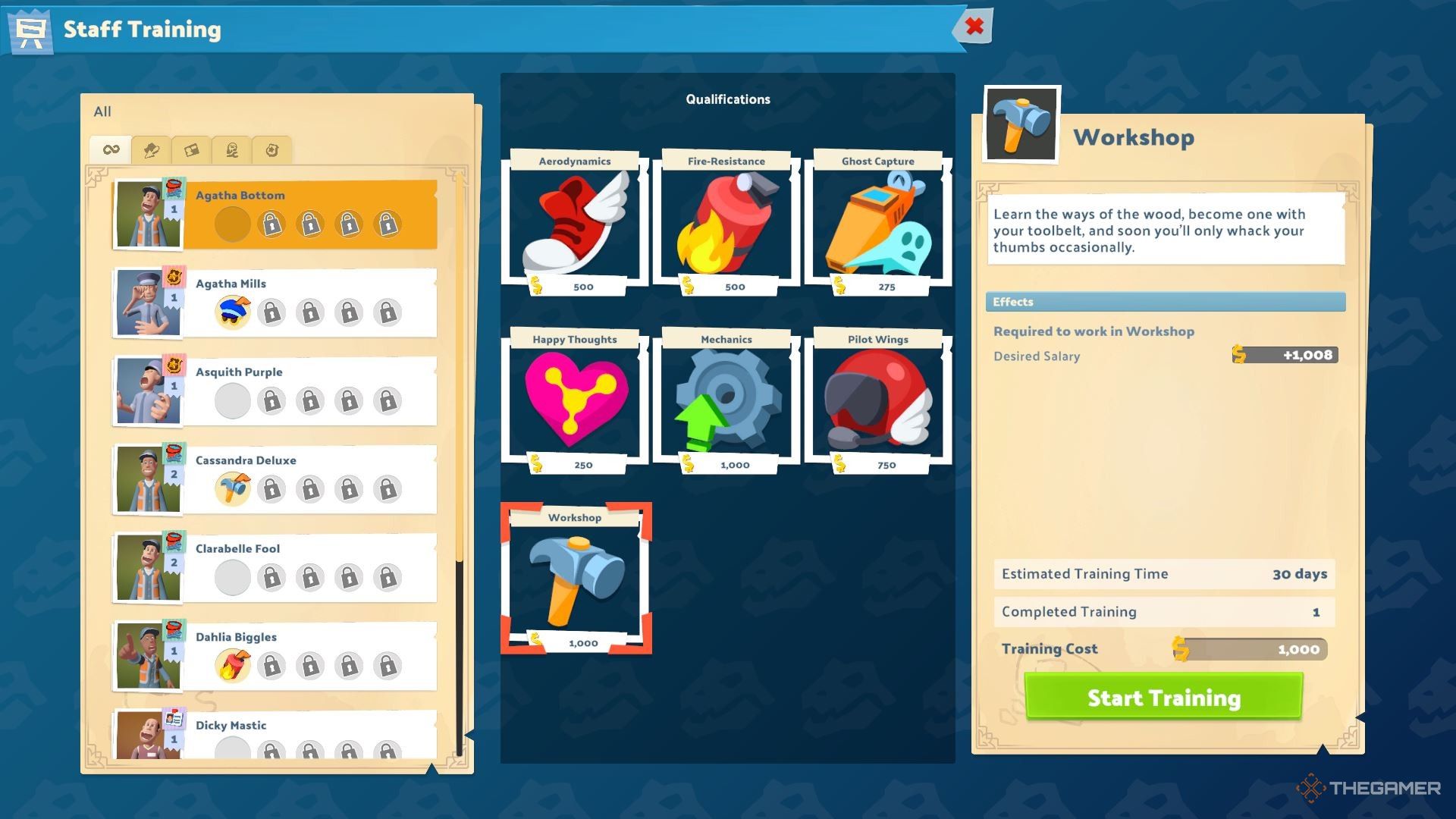

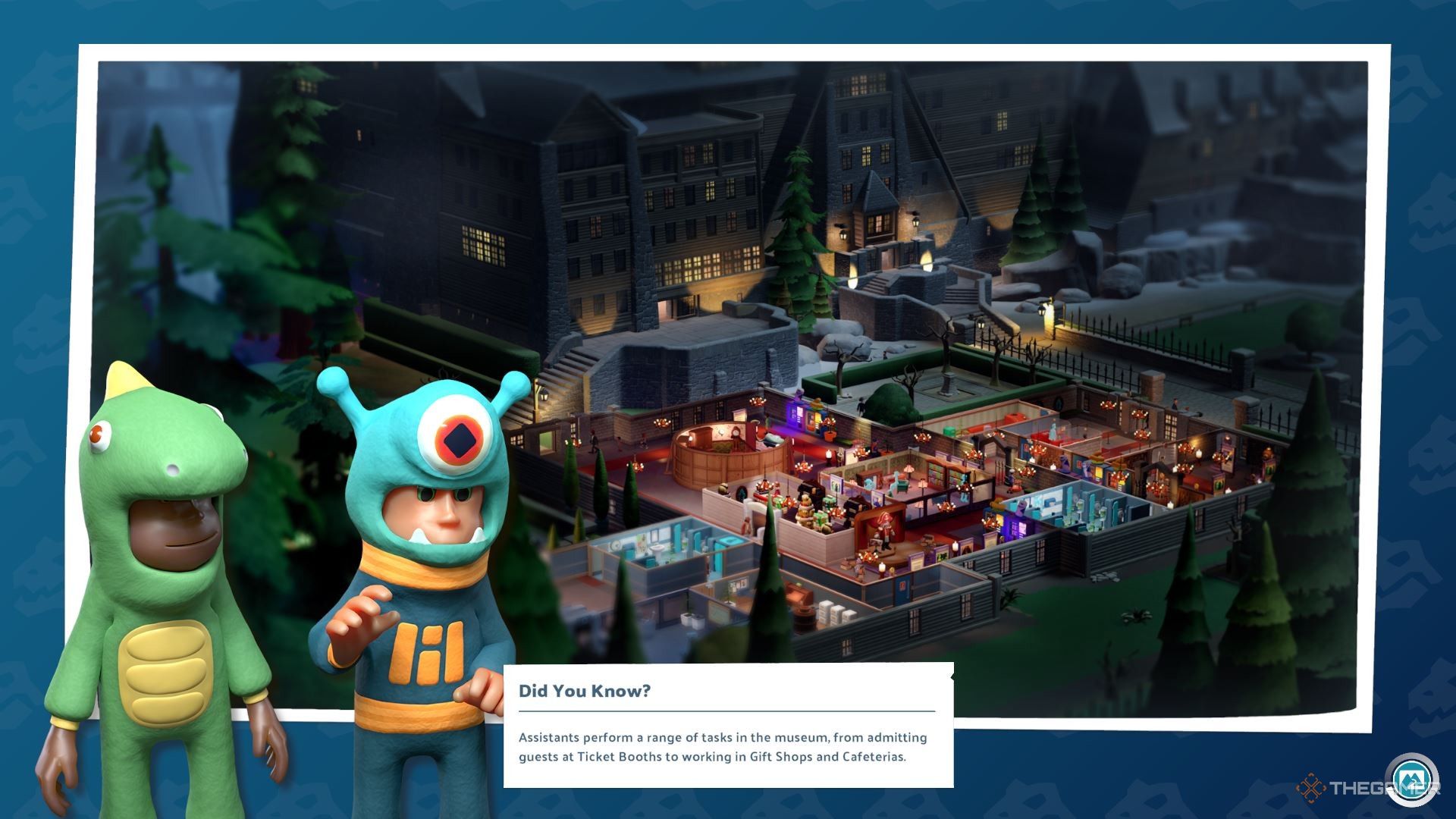
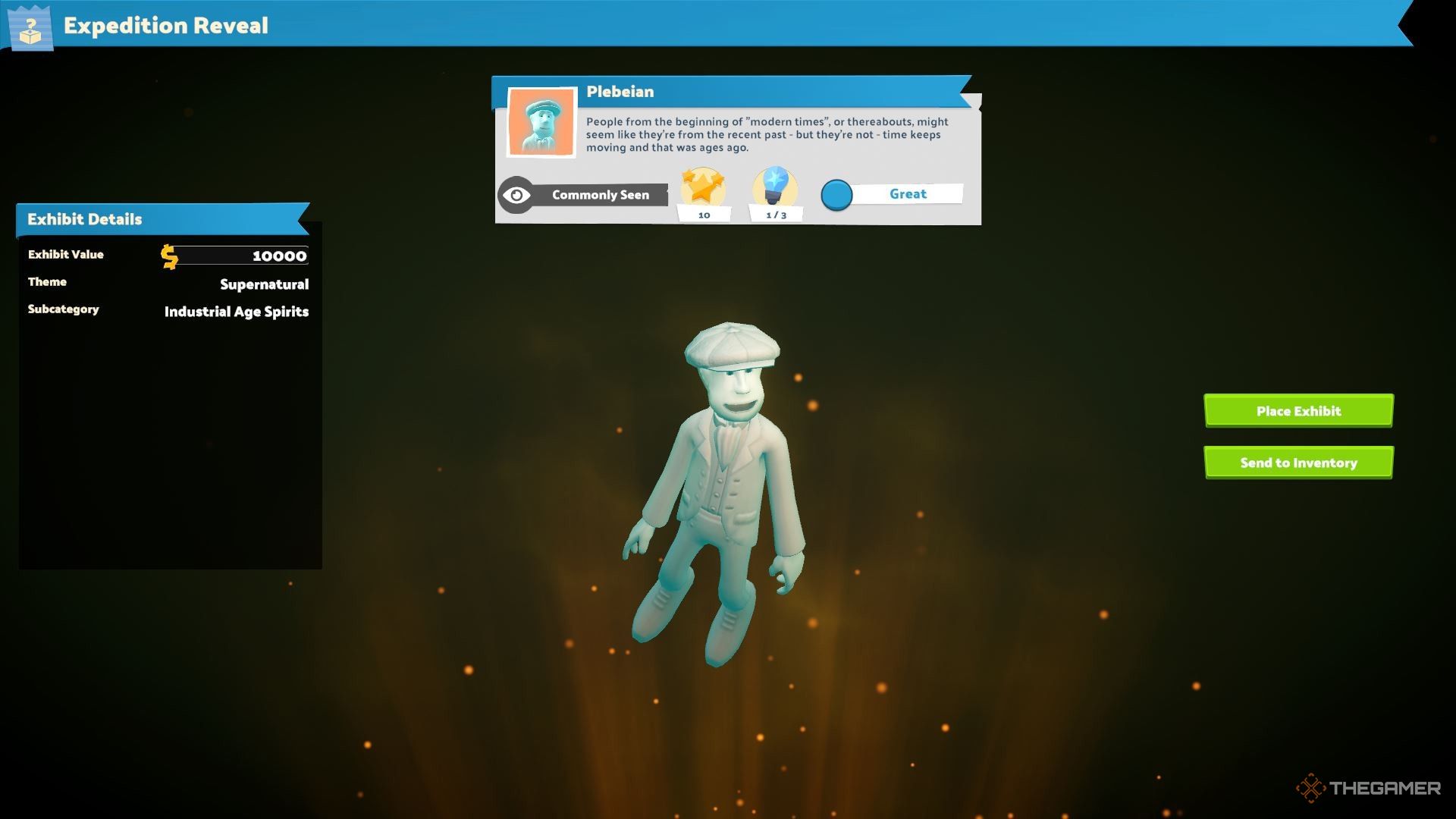
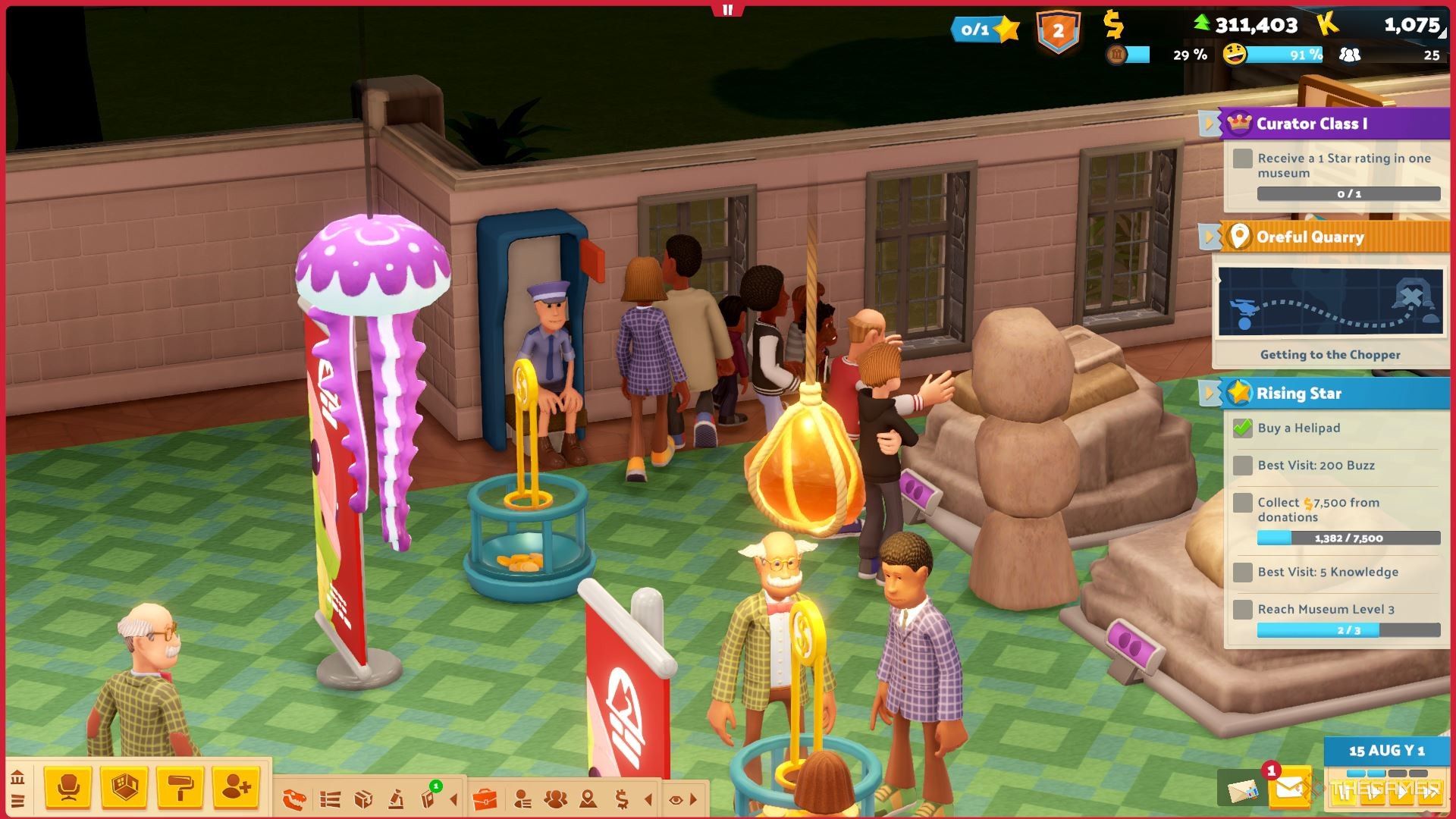
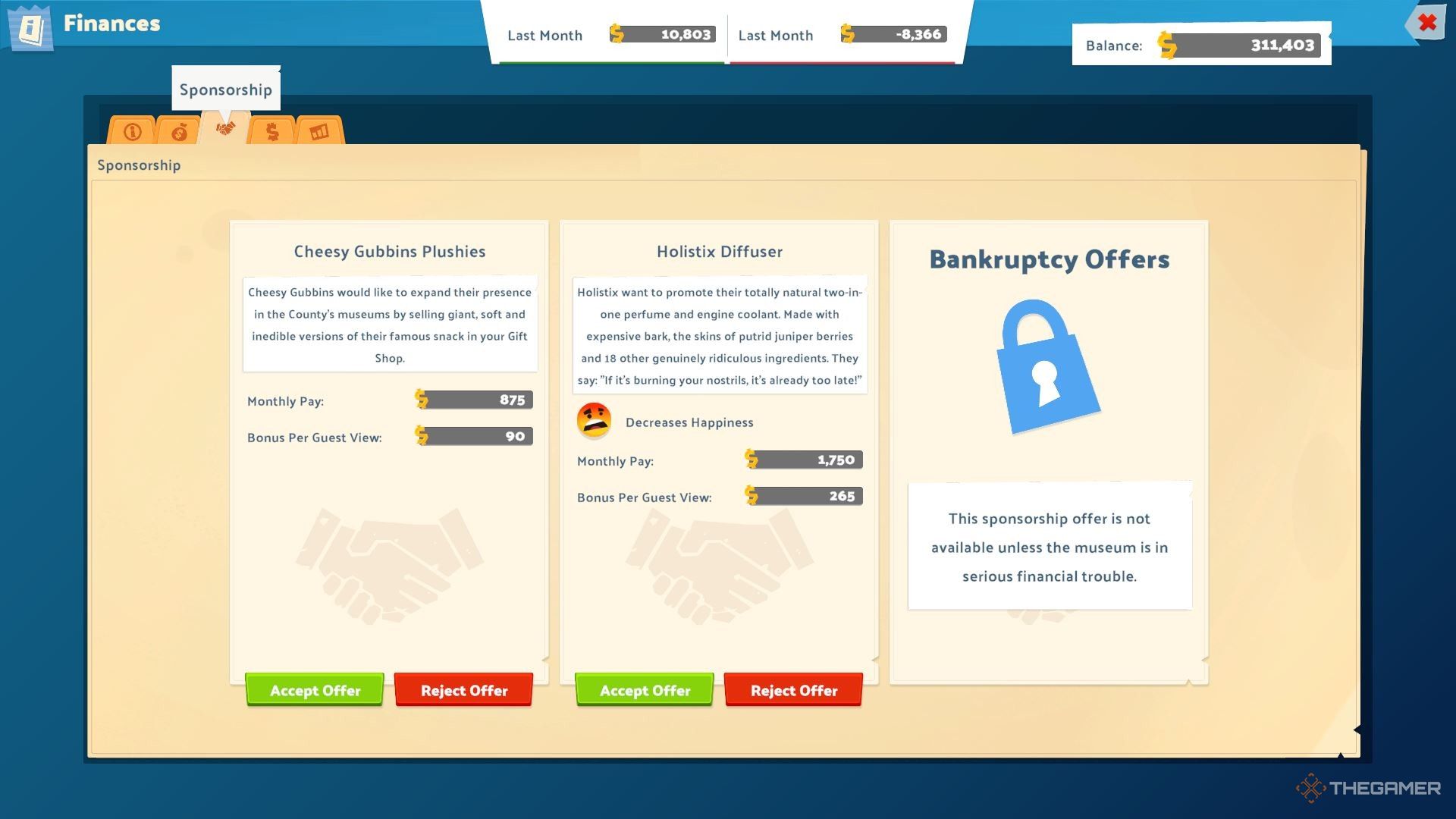
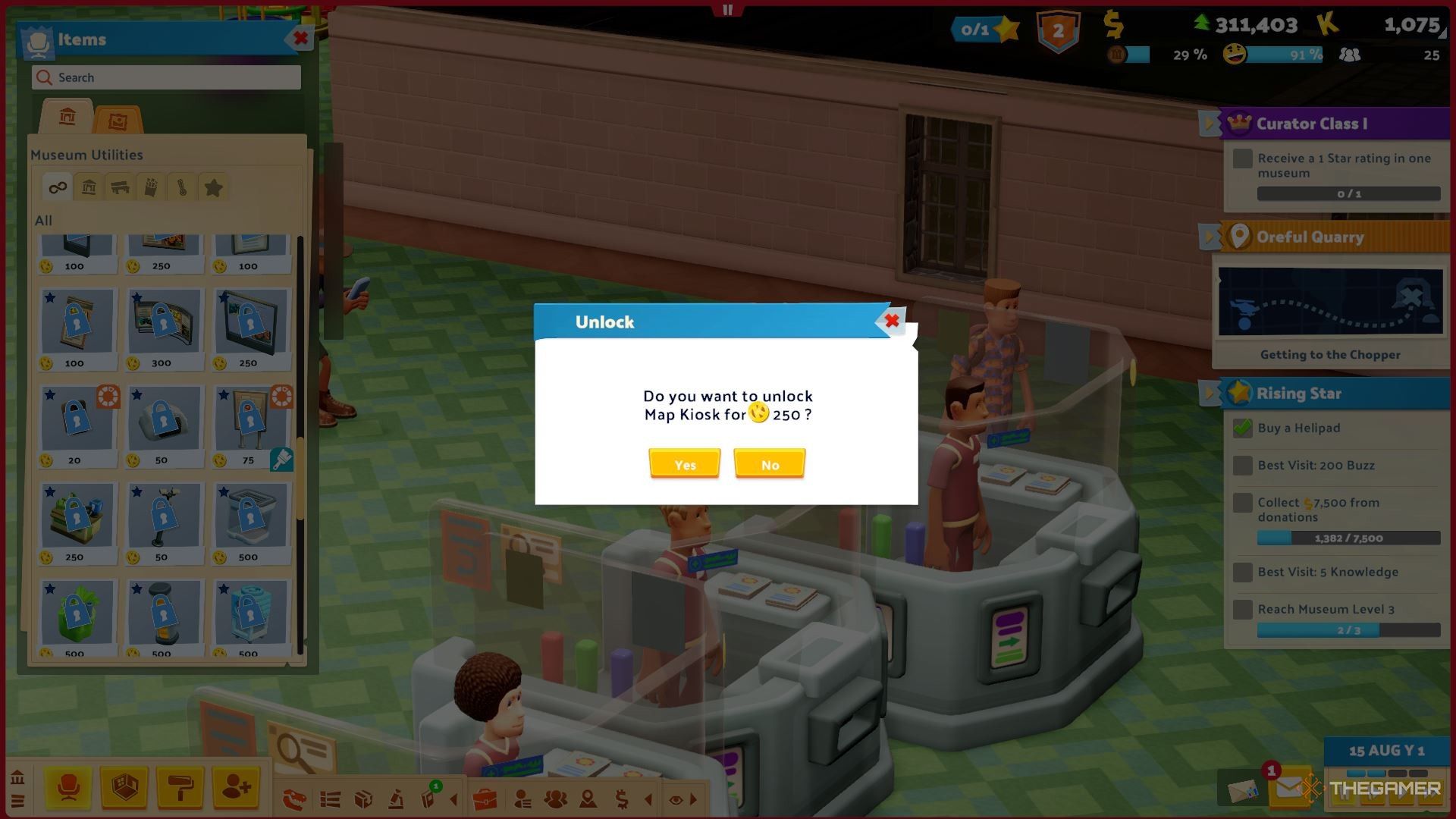





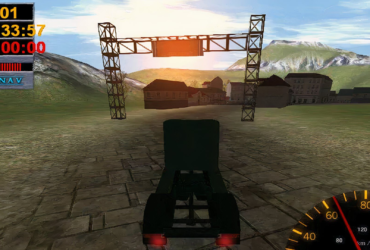
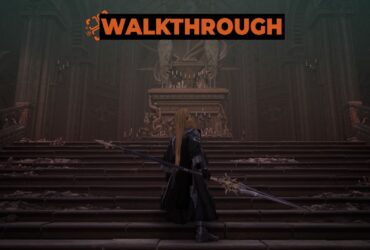


Leave a Reply